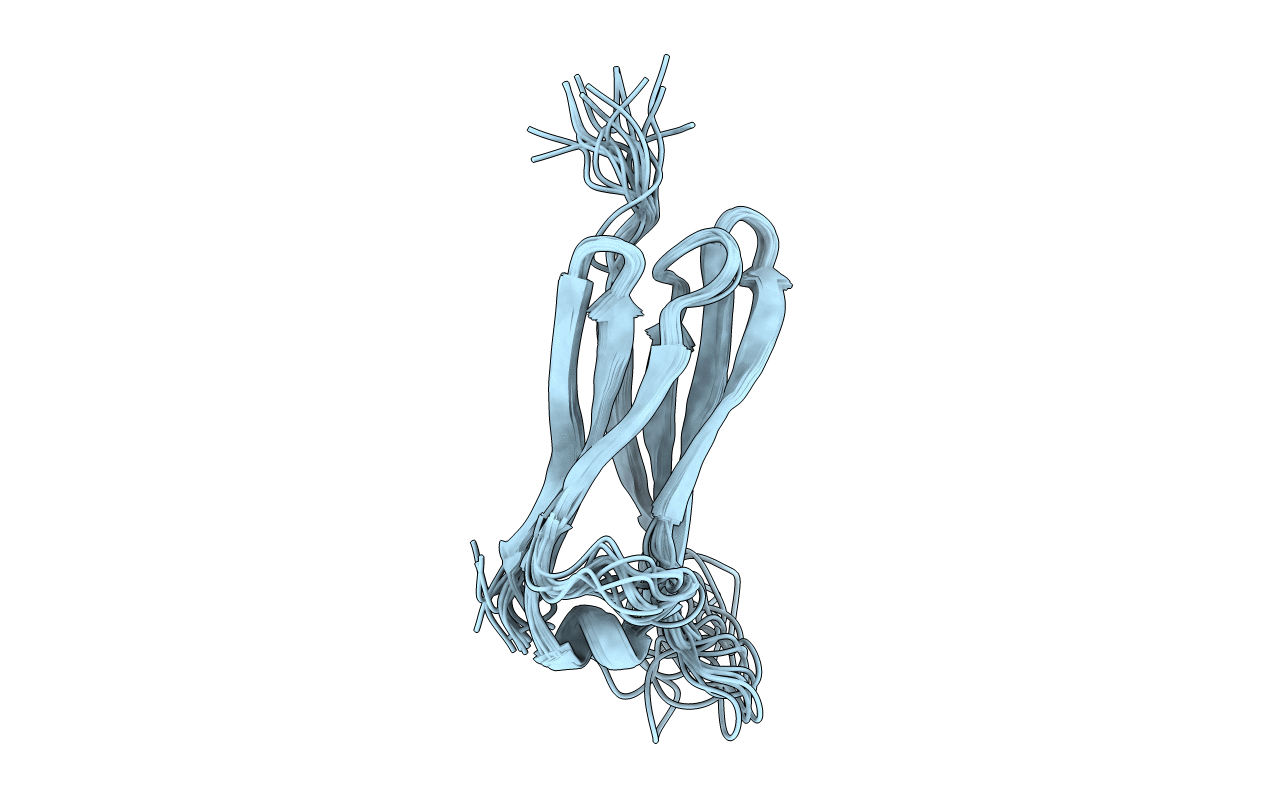
Deposition Date
2000-11-16
Release Date
2001-05-16
Last Version Date
2024-10-30
Entry Detail
PDB ID:
1G84
Keywords:
Title:
THE SOLUTION STRUCTURE OF THE C EPSILON2 DOMAIN FROM IGE
Biological Source:
Source Organism:
Homo sapiens (Taxon ID: 9606)
Host Organism:
Method Details:
Experimental Method:
Conformers Calculated:
1000
Conformers Submitted:
15
Selection Criteria:
structures with the least restraint violations


